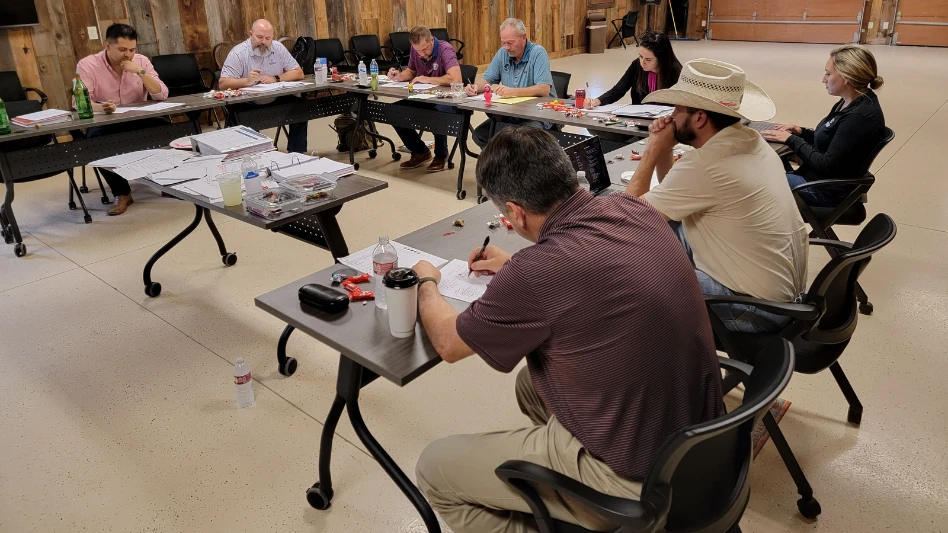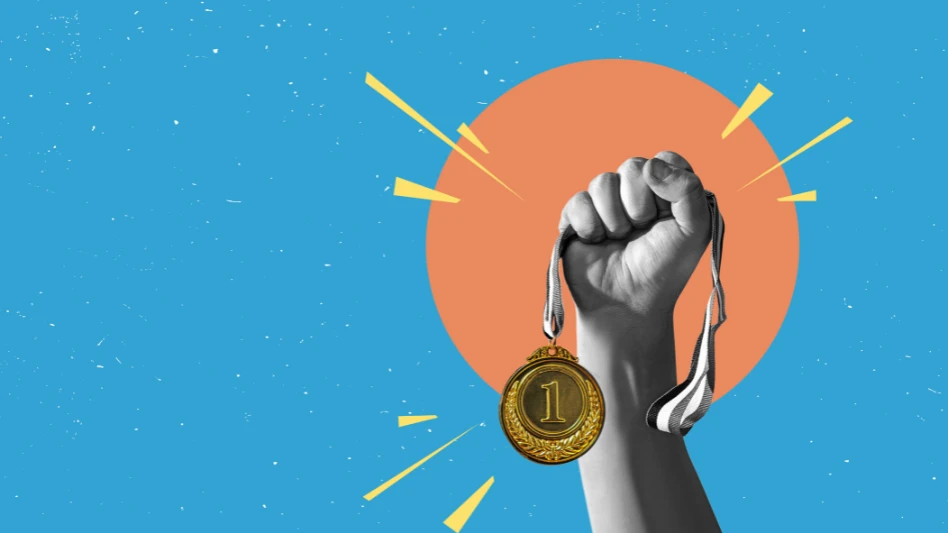
Nick Martin, owner of Kern Lawn Borders in Bakersfield, California, says drip irrigation is really the way to go to conserve water in drought-affected areas like his home state.
“You’re probably going to save water consumption of 75 to 80 percent by converting your yard to drip,” he says. “With sprays, you see evaporation and with drip you don’t.”
He uses the example that one sprinkler head uses 3 gallons of water per minute. “If it’s on for 20 minutes, that’s 60 gallons for one sprinkler head,” he says, noting that most lawn zones have five or six rotors. “It adds up. That’s 300 gallons that’s used on a lawn.”
Kern Lawn Borders’ drip irrigation customers are generally middle to upper class people who are environmentally conscious and well educated, Martin says, adding that they are mostly residential accounts.
And the majority of the company’s work has been retrofitting rather than installing in the yards of new homes. “It seems like the builders are just not going to spend the money if they don’t see the value and/or if the rebates aren’t there for them,” he says.
While many regions in California are giving out rebates for high-efficiency appliances like washers and toilets or turf replacement and new sprinklers, Martin says drip irrigation is the best option. Even with efficient rotators, you’ll still have water runoff, wind drift and spray onto concrete areas like sidewalks and driveways, he says.
Make the sale.
“The manufacturers are all putting on the classes and trying to educate, but no one is going to do anything until they get a free rebate,” he says. “It’s just like car sales. People don’t buy cars unless they have zero percent interest.”Martin says most of his work comes from word of mouth and his reputation. On a recent job, customers wanted to install rotators, but the site had a very steep slope and heavy soil. Once he secured the contract, Martin recommended a subsurface drip and was able to make the upsell.
Instead of stripping the lawn, Martin and his team lowered the elevation of sod around the hardscape area and then brought in about 4 inches of new soil and put in the drip lines.
“But it’s a tedious process,” he says, since he doesn’t want to drive a tractor over the tubing.
“Not that the tubing won’t take it, but when the tires turn, they want to displace the spacing on the tubing.”
He says it’s an issue even if the tubing is staked, and staking can lead to its own problems later on. Martin says they’ll eventually rot away, leaving a sharp edge that could puncture the tubes.

Occasionally, an environmentally conscious homeowner will come to him for drip. A customer of his bought a tract home and while the builder of the home asked Martin to install traditional irrigation, the new homeowner asked for subsurface drip and buffalograss.
“We eliminated half of her plants to counterbalance the cost of the grass, the cost of the drip, so it was a little out of pocket expense for her, but it took a lot more effort on my part,” he says.
Install the line.
Martin says he uses a couple of different techniques for drip installation. One is to look at the manufacturer’s recommendations for spacing, but you also want to look at the slope variation of your customer’s yard and consider runoff.Another consideration is the type of soil. Since different kinds of soil will hold different amounts of water depending on the texture and makeup of the soil, the intake rate will be different, as well as the amount it can hold. Coarse or sandy soil will suck water down, but will not spread it as widely. With finer soil, the opposite is true.
When installing drip, you can lay down mulch to shade the soil for better water retention, but Martin does not recommend using rocks in the same area. “Rock is just going to pull water from the ground because rock heats up. Then people think the irrigation isn’t working because the plant is burning,” he says.
In cases of new lawns, Martin will just install the drip line at the same time as the sod. If there are existing lawn sprinklers, he’ll leave them in to help get the grass established.
“When it’s a new lawn, the roots aren’t down there very deep, so by leaving an existing zone intact and just adding another drip element, we can usually get the turf watered pretty well until the roots get down there,” he says.
While your average sprinkler system might need a rotor spaced at 25 to 35 feet, drip irrigation is spaced about 12 inches apart.
“It’s more labor intensive and the real problem that we have is if a customer is ever going to aerate their yard,” he says. “Then, you would have a situation where the line could actually get hit if you aerate the yard, depending on the depth that you put it.”
Martin says most people don’t aerate more than 3 inches, so a 4-inch deep installation is a good bet.
Face the challenges.
But for Martin, demand for drip irrigation is low, even though it’s one of the most effective ways to save water. He says drip irrigation only makes up about 1 percent of his business.“I still do regular lawn sprinklers because that’s what the consumer wants,” he says. “If they can’t see water, they don’t know it’s working. I think that’s how they internalize it.”
Martin says that has been one of the hardest parts when selling drip for flower beds. “I tell them that they just have to take their foot and push on the mulch, and they’ll see that it’s wet,” he says.
L&L
Explore the February 2016 Issue
Check out more from this issue and find your next story to read.
Latest from Lawn & Landscape
- LMN partners with Attentive.ai
- Get to know the generations working for you
- Addressing addiction in landscaping
- Fairway expands national footprint with 6 acquisitions
- Graze Robotics opens new headquarters in Plano, Texas
- Addiction in the green industry
- Kress earns Sourcewell approval
- The best laid plans





